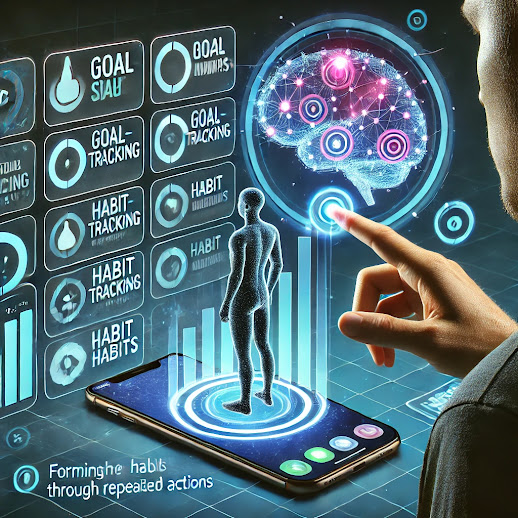In today's fast-paced world, the cognitive demands on individuals have grown exponentially. The volume of information we process, decisions we make, and tasks we juggle has created unprecedented challenges for personal organization and productivity. Technology has emerged as a powerful ally in this domain, effectively serving as an extension of our cognitive capabilities.
External Brain: Digital Knowledge Management
The human brain, while remarkable, has limitations in information storage and retrieval. Digital tools function as external memory systems, allowing us to capture, organize, and access information far beyond our natural capacity. Note-taking applications with powerful search capabilities ensure that important information is never truly forgotten, just a few keystrokes away from being retrieved.
Knowledge management systems like Notion, Evernote, and Obsidian enable users to create personal knowledge bases—digital repositories of ideas, references, and information organized in ways that mirror individual thinking patterns. These systems reduce cognitive load by externalizing the effort of remembering, allowing the mind to focus on understanding and creating rather than simply retaining information.
Attention Management in a Distracted World
Our increasingly connected environment presents constant demands for attention, making focused work increasingly difficult. Productivity technology addresses this challenge through tools designed specifically to protect and direct attention effectively.
Time-blocking applications help users allocate specific periods for deep work, while focus apps temporarily block distracting websites and notifications. Pomodoro technique timers structure work into manageable intervals with built-in breaks, aligning with cognitive research on optimal attention spans. These tools create the mental space necessary for meaningful productivity in an otherwise fragmented attention landscape.
Automation of Cognitive Overhead
Much of what fills our mental bandwidth isn't complex creative or analytical work, but rather the overhead of remembering mundane tasks and managing routine processes. Technology excels at automating this cognitive overhead.
Task management systems ensure nothing falls through the cracks, removing the mental burden of constantly reviewing what needs to be done. Calendar applications with smart scheduling features handle the logistics of time management. Automation tools handle repetitive digital tasks, from email sorting to document creation, freeing mental resources for higher-value activities.
Extended Intelligence Through AI Integration
The integration of artificial intelligence into productivity tools represents a quantum leap in how technology supports cognitive work. AI-powered writing assistants help articulate thoughts more clearly, research tools synthesize information across sources, and smart email systems prioritize messages based on importance.
These tools don't simply automate routine tasks—they actively enhance our thinking capabilities. An AI research assistant can identify connections between ideas that might be missed, while a smart writing tool might suggest more precise language to express a complex concept. This collaborative intelligence between human and machine creates possibilities beyond what either could accomplish alone.
The relationship between technology and productivity represents a fundamental shift in human capability. Rather than viewing digital tools as merely convenient utilities, we might better understand them as cognitive prosthetics—extensions of our mental capabilities that allow us to think, create, and organize at scales previously impossible.
As these technologies continue to evolve, incorporating more sophisticated artificial intelligence and adapting to individual cognitive styles, they promise to further expand the boundaries of personal productivity and organization, empowering individuals to achieve more with less mental friction and cognitive burden.







